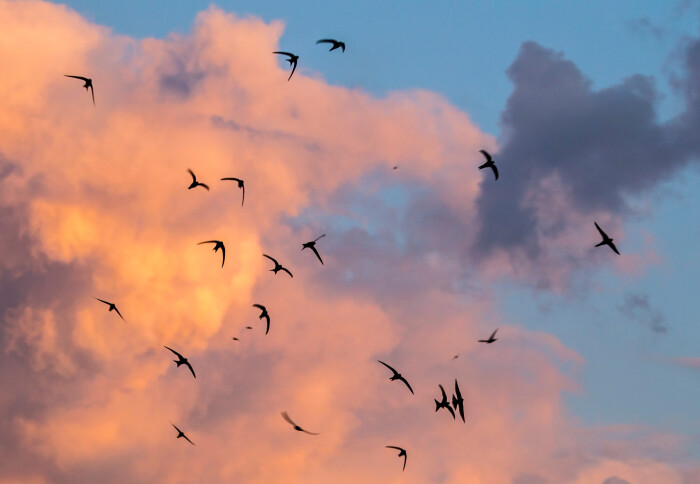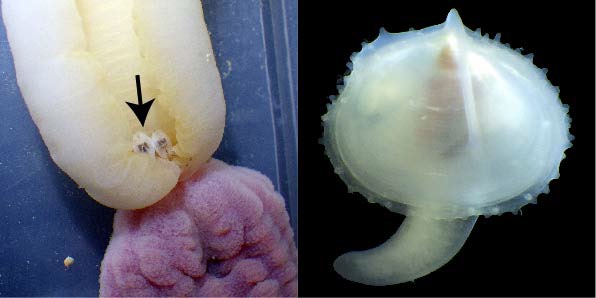2023-12-08 インペリアル・カレッジ・ロンドン(ICL)

◆ZSLと帝国カレッジ・ロンドンの研究により、約30年にわたるサイクロンと干ばつのデータをもとに、ツル、タカ、ナイトジャーなどの渡り鳥の約182種が繁殖地または越冬地で極端な気象に曝され、67種が単一の範囲内で両方のイベントに高い曝露度があることが明らかになりました。これに対し、IUCNレッドリストではサイクロンに脅威がある渡り鳥はわずか10種、干ばつで脅威にさらされているとされるのは18種に過ぎません。渡り鳥の絶滅リスクを正確に評価し、保護対策を講じるためには、気象イベントの影響を考慮する必要があります。
<関連情報>
- https://www.imperial.ac.uk/news/250034/future-200-migratory-bird-species-risk/
- https://onlinelibrary.wiley.com/doi/abs/10.1111/geb.13780
渡り鳥の地理、分類、絶滅リスク、干ばつとサイクロンへの暴露 Geography, taxonomy, extinction risk and exposure of fully migratory birds to droughts and cyclones
Rhys G. G. Preston-Allen, Henry Häkkinen, Laura Cañellas-Dols, Eric I. Ameca y Juarez, C. David L. Orme, Nathalie Pettorelli
Global Ecology and Biogeography Published: 07 December 2023
DOI:https://doi.org/10.1111/geb.13780
Abstract
Aim
Anthropogenic climate change is predicted to drive unprecedented increases in the frequency and intensity of extreme climatic events, such as drought and cyclones. The impacts of these events on fully migratory species could be particularly severe and have cascading effects on the functioning of many ecosystems. We explore the relationships between geography, taxonomy, extinction risk and the exposure of fully migratory birds to drought and cyclones.
Location
Global.
Time Period
1985–2014.
Major Taxa Studied
383 fully migratory bird species.
Methods
We assessed the exposure of fully migratory birds to cyclones and droughts, quantifying exposure by calculating the percentage of spatial overlap between a species’ range and the extent of an extreme event within a given time series. We compared the level of cumulative exposure sustained by species among different taxonomic groups and within their breeding and wintering ranges; we also assessed whether species currently classed as ‘threatened’ are more cumulatively exposed than ‘non-threatened’ species.
Results
We identified fully migratory bird species highly exposed to extreme climatic events and global geographic hotspots of species exposure. 4% of species were found to be highly exposed to cyclones and droughts in both their wintering and breeding ranges. Wintering ranges were, on average, more cumulatively exposed to cyclones than breeding ranges; there was no discernible difference in drought exposure between ranges. Species currently classed as threatened were shown to experience higher exposure to droughts than non-threatened ones in both ranges.
Main Conclusions
This exposure analysis provides the first step to a full global assessment of fully migratory bird species’ vulnerability to extreme climatic events. Many species are at least as exposed to extreme events within their wintering ranges as in their breeding ranges, supporting calls for ‘full cycle’ assessment of migratory species’ vulnerability to climate change. Our identification of hotspots of exposure may help to guide further monitoring, research and management.


